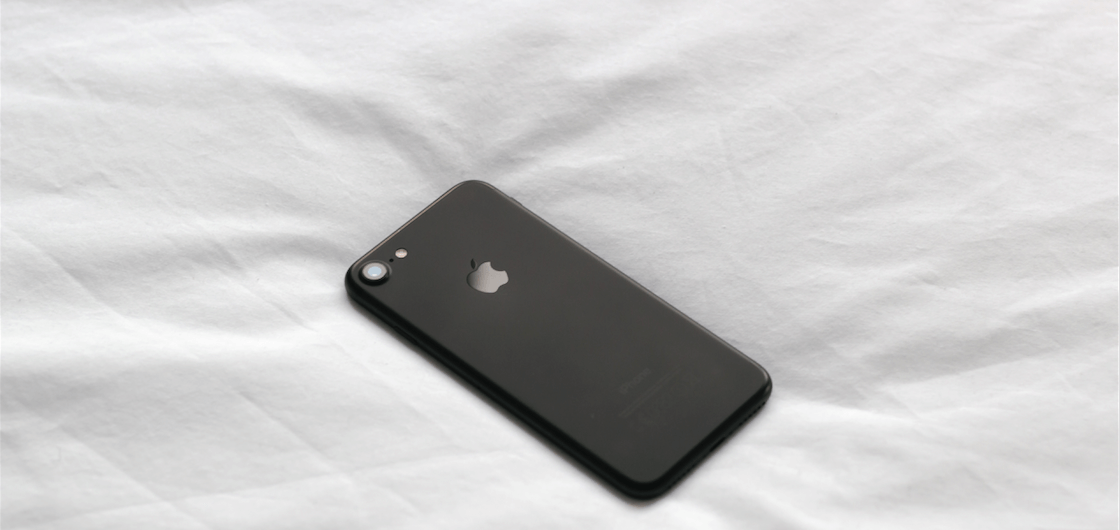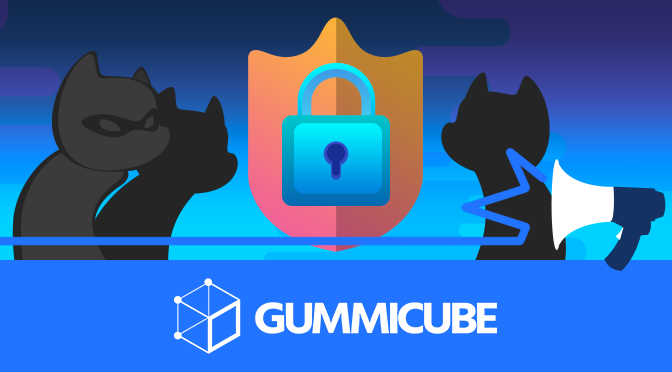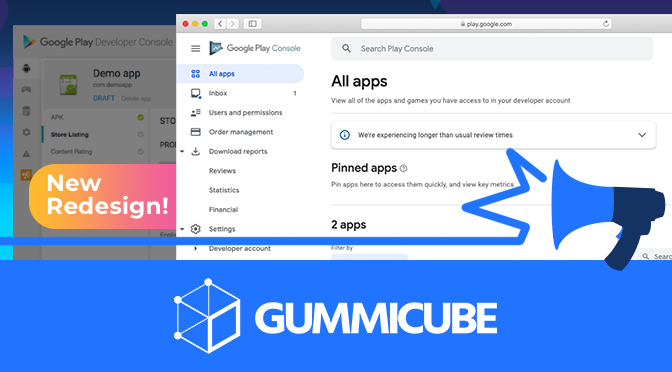
App Store Holiday Schedule 2020
Posted on November 23rd, 2020
When is the App Store Holiday Schedule 2020? Learn about the dates of this year's shutdown and how to prepare.

It has been a wild ride for Pokémon GO. The hit augmented reality game took the world by storm when it launched in July 2016, and it had become the fastest app to reach $600 million in revenue by mid October. But lately, the Top Charts page paints a picture of steep decline for the game. It is clear that Niantic will need to adjust its long-term strategy if it wants to retain legacy users while drawing in new players. Pokémon GO launched at number one on both the Top Free Downloads chart and the Top Grossing chart. It enjoyed a healthy few months at the top of the latter, where it reigned over the likes of Clash Royale and Game of War. Through a combination of heavy social media presence and nostalgia, Pokémon GO was able to achieve one of the strongest mobile launches of all time. Ultimately, though, the game was doomed to drop. Unlike many top-grossing apps, Pokémon GO did not utilize many common ASO standards, and failed to branch out into relevant feature-based terms. Instead, the app relied on brand name to cement its top spot. While Pokémon GO is certainly a top ranking app and still sits on both the Top Free Downloads and Top Grossing charts, it has shown an inability to maintain the consistent top placement that apps from Supercell and other mobile titans seem to keep up so consistently. Part of this is undeniably thanks to the game’s update structure. While games like Clash of Clans have a robust endgame that pushes users into unpredictable encounters with one another, Pokémon GO utilizes a shallow Gym system that doesn’t have a lot of room for upward mobility or meaningful high level play. The post-launch updates have been similarly anemic, with only a few new Pokémon coming to the game since launch and no significant new features to speak of. But there’s more to the story than just a lack of meaningful endgame content. Poor discoverability has also hurt Pokémon, and the app has dropped nearly 70 spaces on the Top Free Downloads chart as a result. Users just aren’t discovering or returning to Pokémon GO in numbers like Temple Run, Toy Blast and other big-name mobile titles. A proper optimization would help the game court new and returning players by placing it in a far greater array of relevant App Store search results. For evidence of Pokémon GO’s lack of optimization, look no further than its most recent update. A handful of new collectable Pokémon were added, and Apple even ran a feature for the game. Use of the game quickly returned to its lower numbers, though, and the app currently sits at rank 69 on the Top Free Downloads chart and rank 9 on the Top Grossing chart. That’s frankly not great for a top-selling game just after a major update. Part of this issue may stem from conversion as well. Pokémon GO’s App Store listing has yet to update any of its screenshots to reflect the new features added since launch. Even if returning players do manage to find the app again in Search, their interest won’t be piqued because the creative has not evolved alongside the app itself. Pokémon GO may have been a major hit, but its reliance on branding over ASO has caused the app to suffer in the mid term. This trend will only continue in the long run, unless Niantic begin to utilize common ASO practices to increase discoverability and conversion.

When is the App Store Holiday Schedule 2020? Learn about the dates of this year's shutdown and how to prepare.

Apple's App Store Guidelines have strict privacy requirements. Developers now must provide information to users on the App Store listing regarding the data they access.

The Google Play Developer Console has been updated with a new design and adjusted tools. What's different, and how will it impact App Store Optimization?